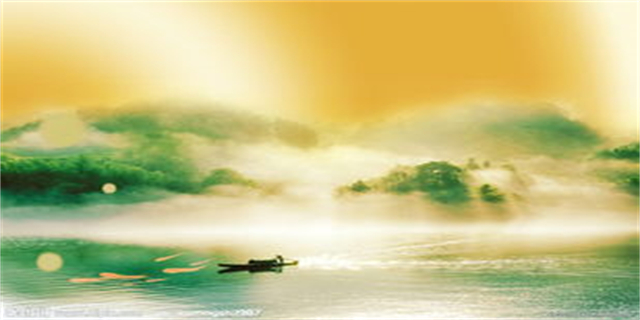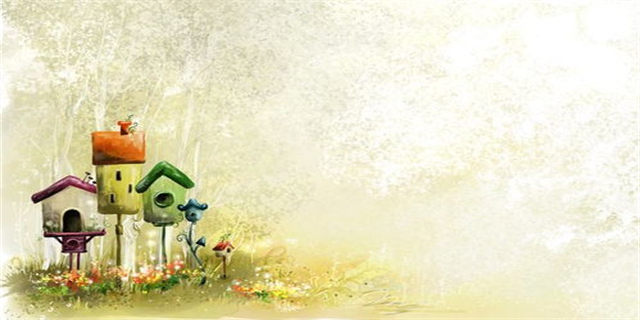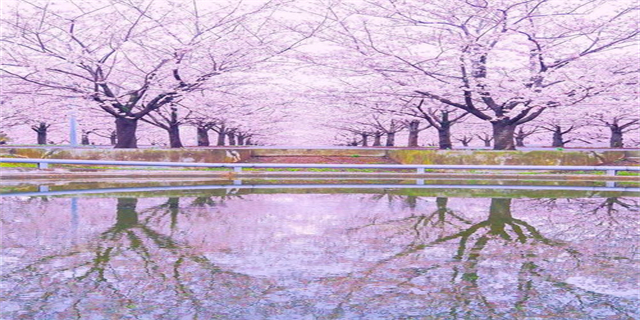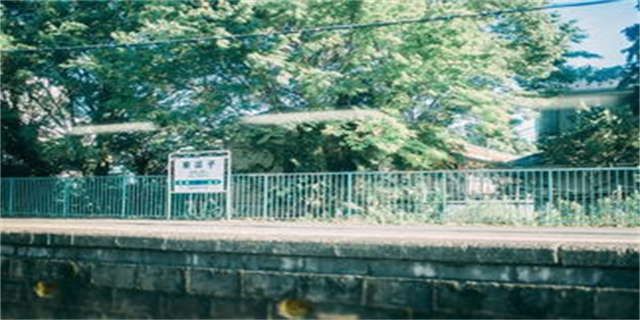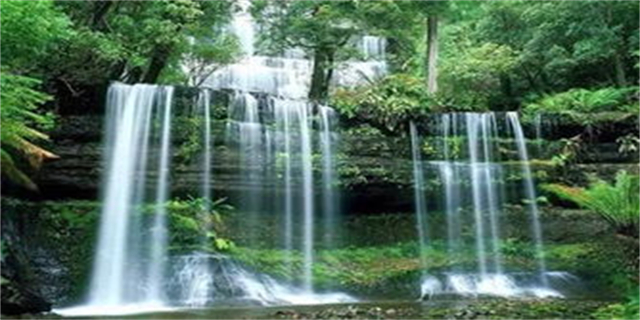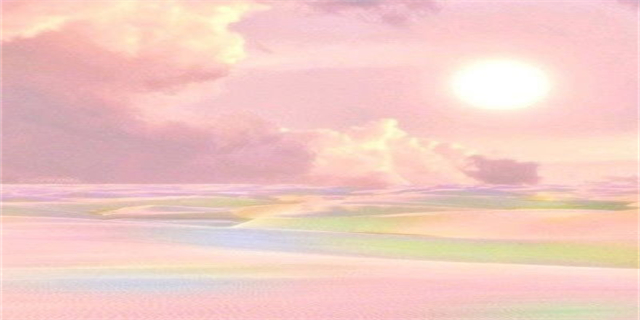see的过去分词(Observing the World Reflecting on the Past Participle of see)

Observing the World: Reflecting on the Past Participle of \"see\"
Introduction:
Language is a complex system that constantly evolves and adapts to meet the needs of its users. One of the fascinating aspects of language is the use of verb forms, such as the past participle. In this article, we delve into the past participle form of the verb \"see\" and explore its significance in communication. Let us embark on a journey to examine the various ways in which the past participle of \"see\" has shaped our understanding of the world.
The Past Participle: Seen

The past participle of \"see\" is \"seen.\" It is one of the most commonly used verb forms in the English language, and its usage extends beyond describing mere visual perception. It encapsulates the notion of experiencing, understanding, and perceiving objects, events, and ideas. \"Seen\" serves as a valuable tool for writers, poets, and storytellers to convey vivid imagery and evoke emotions in their audience. Let us delve deeper into the different dimensions of \"seen.\"
Seen: A Window into the Past

The past participle \"seen\" allows us to explore moments that have already occurred. Through descriptions and narratives employing \"seen,\" we can transport ourselves back in time and gain a new perspective on historical events. For example, consider the sentence, \"She had seen the rise and fall of empires.\" In this sentence, \"seen\" conveys a sense of witnessing significant historical shifts. It enables us to comprehend the enduring impact of the past on the present.
Seen: An Expression of Knowledge

Furthermore, \"seen\" acts as a signifier of knowledge and awareness. It implies that the person has acquired insights or experienced something firsthand. For instance, when someone states, \"I have seen the beauty of nature,\" it suggests that they have encountered and appreciated the awe-inspiring aspects of the natural world. The past participle \"seen\" not only represents personal experiences but also conveys a sense of enlightenment and deep understanding.
Conclusion:
The past participle form of \"see,\" namely \"seen,\" enriches our communication by providing a nuanced understanding of the world. Its applications extend beyond visual perception, encompassing a broad spectrum of experiences, knowledge, and emotions. Through its usage, we can explore the past, express our insights, and evoke a sense of shared understanding. So, next time you encounter the word \"seen\" in a sentence, remember the depth and richness it brings to our language.


